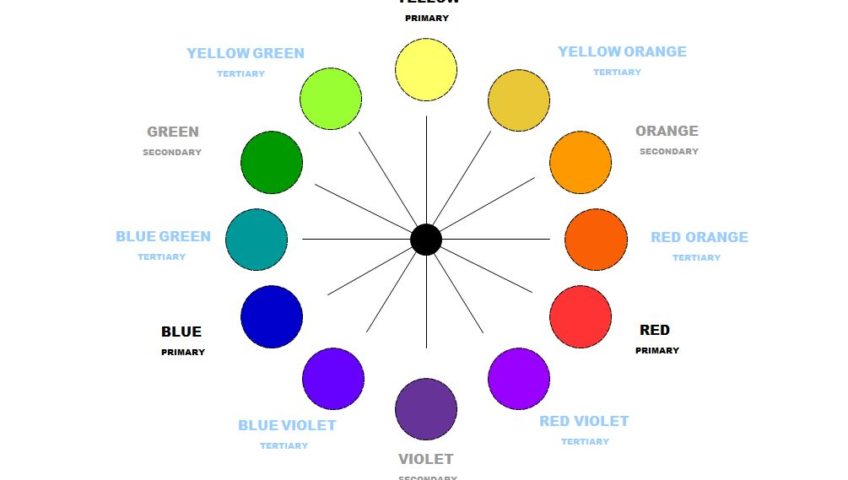
While Choosing Colors
After purchasing a modular building it is time to work on its interior design. Uncertainties and questions may arise in regards to deciding on colors or even the whole process of designing. If that is the case you may find this article helpful.
Choosing colors is very important when it comes to interior design, therefore, it is necessary to spend some time considering what type of space and atmosphere you would like to create. In order to do that, there are two great tools which can help you, color wheel and color schemes. Knowledge of those tools when working on interior design is a big advantage.
While deciding on colors for space it is helpful to spend some time by simply looking at color combinations. Keep looking at our color wheel while reading this article, in order to give yourself an idea of what colors are of interest to you and how do they match.
It is important to know how to use the color wheel in order to choose a color scheme for your ideal interior design. To do that it is worth to know the types of color schemes – remember to keep looking at the color wheel, the most important part of colors is you need to see them, not just talk about them theoretically but to look at them.
Colors divide into primary (“blue”, “red” and “yellow”), secondary (“green”, “orange” and “violet”) and tertiary (all other shades – which are created by mixing primary and secondary colors, for instance, “blue-green” and “yellow-green” are both tertiary colors).
It is important to say that our color wheel is limited when it comes to tertiary colors, for instance instead of having just “yellow-green” between “yellow” and “green” there could potentially be a whole range of hues created between “yellow” and “green”. That way you could create almost infinite number of hues to choose from. When starting, it is good to keep it simple.
Below you can find some typical color schemes;
COMPLEMENTARY COLOR SCHEME – this scheme uses colors which are opposite each other on the color wheel, for instance, “yellow” together with “violet” or “red” with “green”.
SPLIT-COMPLEMENTARY COLOR SCHEME – this scheme uses one color and its two complementary hues, for instance, “violet” together with “yellow-green” plus “yellow-orange” or other option would be “green” with “red-orange” and “red-violet”.
TRIADIC COLOR SCHEME – this scheme uses three evenly spaced colors on the color wheel, for instance, “blue” with “yellow” and “red” or “green” with “orange” and “violet”.
SQUARE COLOR SCHEME – this scheme uses four evenly spaced colors from the color wheel, for instance, “blue-violet” with “green”, “yellow-orange” and “red” or another example could be “blue-green” with “yellow”, “red-orange” and “violet”.
ANALOGOUS COLOR SCHEME – this scheme uses three or more colors next to each other on the color wheel, for instance, “blue violet” with “violet” and “red violet” or as other option we could use “blue violet” with “blue” and “blue-green”.
MONOCHROMATIC COLOR SCHEME – this scheme uses one color and variation of its shades but with no other hues involved, for instance “blue” with “dark blue” and “light blue” or “red” with “dark red” and “light red” (note: darker and lighter shades are not present on our color wheel here because you’re using the same hue, if you’re planning on using this scheme you can easily find color wheel which is divided into lighter and darker shades).
It is important to say that some of the most successful designs are created by choosing the simplest possible option, for instance using complementary color scheme or split- complementary color scheme. That way you choose one color as the main color and you use complementary color (or two complementary colors in case of a split-complementary scheme) to accentuate with details. For instance, if your room is mainly filled with blue furniture you could place orange lamp together with some other orange details such as orange picture frames within the room (note: “orange” is positioned opposite “blue” on the color wheel hence it is seen as a complementary color for “blue”). This would mean you’ve chosen to use complementary color scheme in your design. Remember to not overdo it, the main color needs to fill the room and complementary color should be present in smaller amounts. It could be nice to experiment with a number of details though. You may find that you decide to add another color to give the space more edge; that way you would choose to go with a split-complementary color scheme by choosing to have one main color and two complementary colors. Experimenting enables to visualize the outcome. In other types of schemes such as triadic scheme, you may try to use all three colors in the same amount or again experiment with different amounts of all three colors.
If you’re still unsure about how to match colors together you may find paletton website as a helpful resource, just click the following link and have a look at what colors go together, you can choose one or more shades or hues. You may be amazed by how fun it can be to play with colors http://paletton.com/#uid=1000u0kllllaFw0g0qFqFg0w0aF
In our next article, we will discuss in greater detail what type of colors are considered good for certain types of spaces as well as discuss the importance of warm and cold colors when creating the feel of a space.

Write a Comment